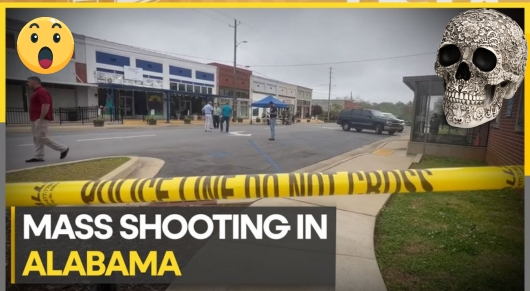The Case For Cocaine Bears: Cocaine Bear Is A Buzz Kill: What Happened To The Real Cocaine Bear?
In college, I took a psychology class taught by a professor I'll call Frank. Frank wasn't your typical scientist, he wore an undersized sports jacket that barely supported his gigantic biceps, thinning hair held back with gel, and hair salon exploits, and wore necklaces that I would describe as a bit much. I don't know where Frank is from, but deep down I know it was New Jersey.
This is an article about Cocaine Bear, but I have to start with Frank because Frank was a psychologist who gave cocaine to pigeons. It was all his achievement.And in the abstract sense that's fine! There are probably reputable researchers across the country who are feeding pigeons coke for very good scientific reasons.
But the beauty of Frank is that if you lined up 20 guys on the street and said, "One of them gives cocaine to pigeons for a living, you'd vote Frank 10 times out of 10." , you're both late for class, I had a chance to ask Frank how he got into his "search zone".
He shrugged, grinned and said, "Because they let me.I don't know what happened when Universal Pictures greenlit Cocaine Bear, but the film has an unmistakable overt "because they let me" energy.
Of course, there's only one reason to see a cocaine bear, and that's to see what happens when a bear takes cocaine. And in a country full of hustlers and scammers, it's nice to see someone selling you exactly what you were promised.
The film's plot, which is loosely inspired by a true story, is simple. Drug dealers throw cocaine from a plane.The bear finds said cocaine. A bear blushes in the mountains looking for more cocaine.
There are a few other smaller storylines along the way, mostly revolving around a bunch of kids eating spoonfuls of cocaine and getting lost, and a kind drug dealer grieving for his dead wife (dead cancer, not a dead bear), but it's not a dead wear. it's pretty much the essence of everything.
But what's most fascinating about this low-budget blockbuster isn't the bear fight that rages on in the Georgia desert. The most interesting thing about the film is its unconventional environmentalism.
Cocaine Bear director Elizabeth Banks insists her seemingly frivolous film is about pride in man's desire to dominate his surroundings. "When you play with nature, nature interferes with you," he concludes. This ecological view might surprise viewers drawn to the promise of a black bear jumping on candy and raising hell.
Indeed, if Cocaine Bear violates our expectations of ecology, it's because American consumers are used to an environmental discourse laced with pity and a little sadness.
The tone of most "green" messages is solemn, accompanied by a soft soundtrack and serious warnings. First, environmental content—whether it's a feature film or a World Wildlife Fund commercial—is always educational. They want us to learn something, and that education inspired us to take action.
Almost all environmental discourse in America is based on the old Enlightenment belief that knowledge is power: if we simply learn more about humanity's impact on the environment, we will change our behavior and attitudes.
The sad truth is that this hypothesis is questionable. Research shows that more information about environmental issues does not always change people's habits or behavior. Additionally, some scholars argue that the pessimism that often characterizes major environmental news may actually be counterproductive, spurring concern rather than action.
Indeed, as a professor teaching environmental film, I've seen firsthand the mixed effect that serious films about issues like climate change or extinction can have on students.
Disaster films like Snowpiercer or Children of Men may be brilliant cinema -- and have slick things to say about environmental issues -- but they don't quite inspire the attitude needed to combat the environmental crises they explore. .
My classes are usually filled with bright environmental students who want to save the world, but watching films and documentaries about environmental disasters often dampens their enthusiasm for activism.
"What's the use of trying?" one of the students asked me during working hours after watching the dark apocalyptic film The Road. "No matter what, it's all going to hell." Such reactions often leave me torn between my responsibility as a teacher — to help young people face the harsh truths about our endangered planet — and a feeling that environmental art often seems to do more harm than good, and despair rather than evokes determination.
Nicole Seymour, an ecologist and English professor at California State University, recognized this kind of ecological desperation in herself and her students and asked a provocative question:
If divine messages didn't inspire change, what if ecology could work? "Better to be more disrespectful? More vulgar and less pretentious? Stupid, not dark? More laughter than guilt?
Seymour calls this blatant attitude "bad environmentalism," which he defines as "environmentalism with a 'bad' attitude — lacking respect or seriousness" — and while having a sense of humor about themselves.With this attitude, the cocaine bear is slaughtered.
Cocaine Bear
Film
News














0 Comments